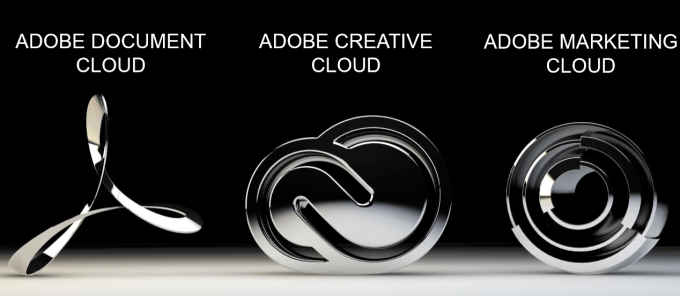Over the last two years or so, the news around Adobe has mostly focused on its Creative Cloud, so it’s easy to forget that the company also has a huge business in the document space with Acrobat. Now it’s putting renewed emphasis on the product with the launch of its Document Cloud.
At the center of this is Acrobat DC, a new version of Acrobat for the desktop, web and mobile that will include free e-signing tools based on Adobe EchoSign and quite a bit of smart image-handling and OCR technology.
The company is also launching a new mobile app called Fill and Sign as well as a new Acrobat enterprise solution with additional advanced features like fine-grained permission controls and third-party integrations.
All of these new tools will launch within the next 30 days and will be available to existing Acrobat Cloud users who are currently paying $14.99 per month. Adobe will also offer perpetual licenses for Acrobat DC.
Adobe claims that over 50 billion PDFs were opened in the last year alone. Its mobile version Acrobat reader is seeing 400,000 mobile installs per day and EchoSign has now processed over 100 million agreements. But the company also argues that too often its users still have to resort to printing documents because they need to get signatures.

According to Adobe vice president of product marketing Mark Grilli, almost 80% of document-based processes are at least partly dependent on paper. To fix this “last mile” problem, Adobe decided to take what it learned from the Creative Cloud and apply it documents.
The idea here is to create a unified experiences across all platforms, with e-signing as one of the key features.
Here is what this looked like in a demo Adobe senior product marketing manager Lisa Croft gave me. Say you get a paper form you need to sign. You can now use the new Sign and Fill app to take a picture of the document. Similar to mobile apps like TurboScan, the new app will then automatically try to recognize the borders of the form, but it will also clean it up, fix the lighting, and perform a few more operations to make it look good in digital form. Then, you can fill out the form, e-sign it and email it back (maybe to a teacher, for example). Most of the time, you end up putting the same information on every form you get (name, address, date of birth, etc.) and Fill and Sign allows you to save this data and then quickly add it to paper forms.
The new Acrobat mobile app, too, offers these features, but it goes far beyond this. There, too, you can now scan forms, but then you can head over to the web and fill them out there. The really nifty trick here, though, is that Acrobat also runs its OCR software over the text and then recreates the paper document as an editable file that is easy to modify. The software tries to match the font of the paper document with those in Adobe’s library, so chances the document you edit will look the same as the paper version (most documents are printed in a limited number of fonts anyway).
For the most part, the mobile apps, which are available for iOS and Android, feature the same tools as the desktop app, with a few exceptions like redactions, which are only available on the desktop. In the long run, Adobe may consolidate Fill and Sign and Acrobat Mobile into a single app, Grilli said. To store documents, Acrobat DC current supports Adobe’s own storage solution and Microsoft Sharepoint.
